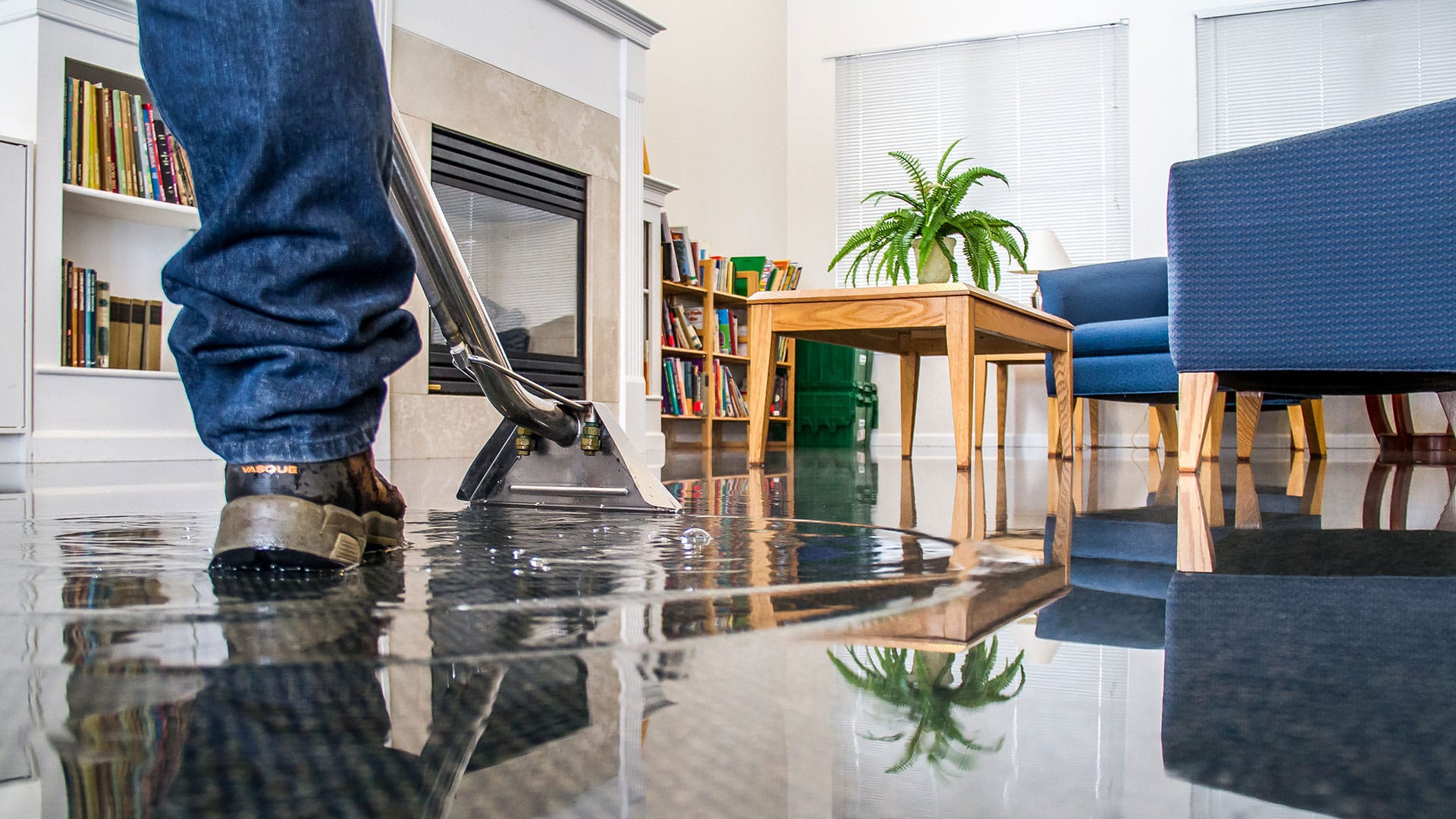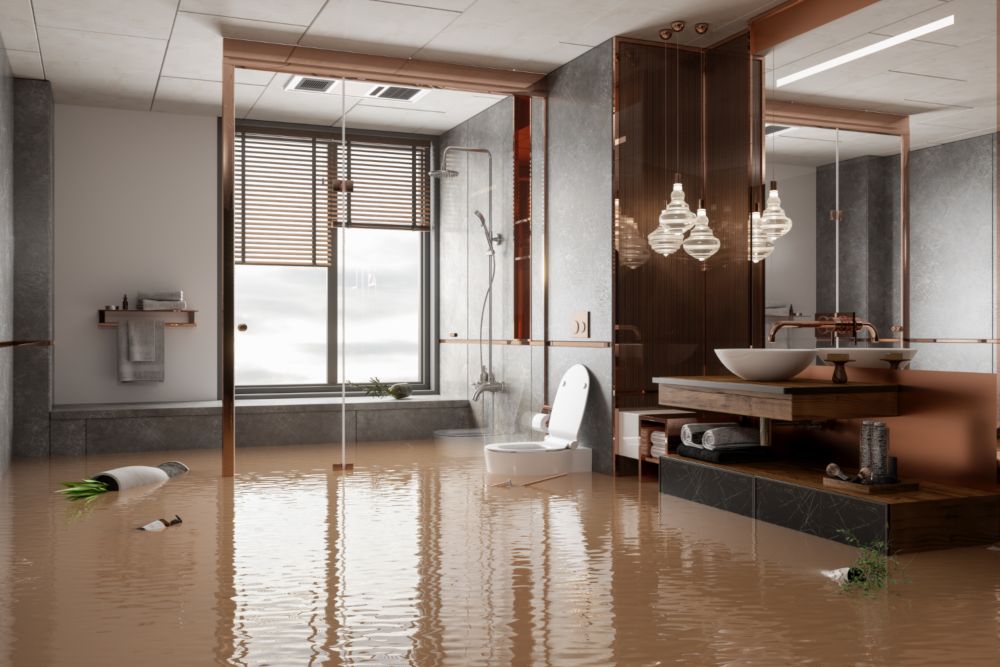Emergency Situation Water Damage Repair: Swift Response to Minimize Further Damage
What precisely does emergency situation water damages repair involve? By understanding the necessity and detailed nature of this process, you will acquire valuable understandings into just how experts tackle emergency situation water damage, making certain a swift and reliable feedback.
Significance of Swift Response
Swift response is of utmost importance in water damages remediation to lessen further damage and minimize prospective dangers. When water damage takes place, whether because of a burst pipe, a natural calamity, or any type of other unforeseen occasion, time is essential. The longer water beings in a structure, the more damage it can create. This is why it is critical to act swiftly and efficiently to get rid of the water and start the restoration procedure.
One of the major reasons speedy reaction is essential in water damages remediation is to avoid the development of mold and mold. Mold can begin to expand within 24 to two days of water direct exposure, and when it takes hold, it can spread swiftly throughout the afflicted location. Mold not just causes additional damages to the framework of the building yet also postures health dangers to owners. By responding quickly, specialists can extensively dry the location and prevent the development of mold, lessening the demand for substantial removal and ensuring the safety of those included.
Water damages can be devastating, especially when it influences individual products of financial or emotional value. Performing promptly enables experts to evaluate the damage and apply proper repair methods to salvage as much as feasible.
Examining the Degree of Damages

During the assessment, restoration specialists completely take a look at the afflicted area to identify visible indicators of damages, such as water spots, warped materials, and mold and mildew growth. They also make use of specialized equipment to detect covert damage, such as dampness meters and thermal imaging video cameras. This comprehensive evaluation permits them to properly identify the extent of the damages and establish a tailored repair plan.
Evaluating the level of water damage is vital due to the fact that it assists professionals prioritize their initiatives. They can determine locations that need prompt interest, such as standing water elimination and drying out, to stop further damages and minimize the threat of mold development. They can also figure out the areas that need repairs or substitute, making sure that no damage goes unnoticed or unattended.

Water Extraction and Drying Out Process
The water extraction and drying process is an essential step in water damages restoration, as it involves the removal of excess water and the thorough drying of the damaged location to avoid additional damages and minimize the risk of mold growth. After examining the extent of the water damage, the next step is to draw out the water from the damaged location.
Once the excess water has been drawn out, the drying out procedure begins. This step is important in protecting against second damages, such as architectural damages and the development of mold and mildew and mold. High-powered fans and dehumidifiers are used to distribute air and eliminate wetness from the air and surface areas. The drying out procedure might take several days, depending on the degree of the water damage and the products included.
It is essential to this contact form make certain that the damaged location is entirely dry prior to waging any kind of repairs or reconstruction. Failing to extensively dry out the area can lead to long-term concerns, consisting of weakened structures, stuffy smells, and the growth of mold and mold. Specialist water damage restoration firms utilize moisture discovery devices to ensure that the damaged area is entirely dry before continuing to the next action.
Mold Prevention and Removal
Effective mold and mildew prevention and removal are critical in water damage reconstruction to make sure the safety and stability of the affected location. mold inspection philadelphia. When water damages occurs, whether from a ruptured pipe, flooding, or a leaking roof, it produces a perfect setting for mold growth. Mold can begin to develop within 24 to two days after water damage, and if left unattended, it can spread quickly and create severe wellness risks
To stop mold and mildew growth, it is vital to attend to water damages promptly. The initial step is to repair the source and determine of the water breach. Once the source is dealt with, the damaged area ought to be extensively dried out to prevent moisture from remaining. This might include using dehumidifiers, air moving companies, and various other specialized equipment to eliminate excess wetness from the air and surface areas.
In cases where mold and mildew development has actually currently happened, remediation is essential to remove the mold and mildew and avoid its return. This entails the careful elimination and disposal of affected materials, such as drywall or carpet, to make certain that all traces of mold are eradicated. It is essential to keep in mind that mold removal need to be executed by specialists who have the essential training and devices to securely deal with and get rid of mold and mildew.
Recovering the Affected Area

First of all, it is vital to extensively dry out the location to avoid any further damages and to hinder the development of mold and mildew and mold. This might include using specialized drying tools, such as dehumidifiers and industrial-grade followers, to remove all dampness from the damaged surfaces.
As soon as the location is entirely dry, the reconstruction procedure can start. This may include changing or fixing harmed structural elements, such as ceiling, floor covering, or drywall ceramic tiles. It is essential to deal with any underlying concerns that might have triggered the water damage, such as dripping pipelines or defective plumbing, to avoid future cases.
In addition, bring back the affected location may also consist of repainting walls, changing damaged components, and extensively cleaning and sanitizing the space. This makes certain that not just is the location structurally click sound, yet it my latest blog post is likewise cosmetically pleasing and secure for occupancy.
Conclusion
To conclude, swift feedback is essential in reducing more damage brought on by water emergencies. Assessing the degree of damage permits effective water extraction and drying out procedures to be carried out. Additionally, mold and mildew avoidance and remediation are crucial in bring back the damaged area. On the whole, timely activity and comprehensive repair measures are crucial to mitigating the unfavorable influences of water damage.
Swift reaction is of utmost relevance in water damage remediation to lessen more damages and mitigate possible risks.During the evaluation, repair specialists extensively examine the affected area to determine noticeable indications of damages, such as water discolorations, deformed materials, and mold and mildew development.The water removal and drying out procedure is an important action in water damages repair, as it entails the elimination of excess water and the thorough drying of the affected location to protect against more damages and minimize the threat of mold and mildew development. After examining the degree of the water damage, the next step is to extract the water from the affected location.Efficient mold and mildew prevention and remediation are essential in water damage restoration to make certain the safety and security and honesty of the afflicted area.